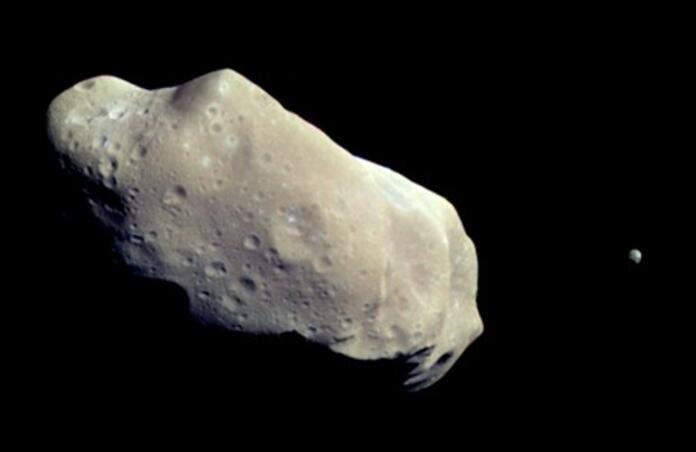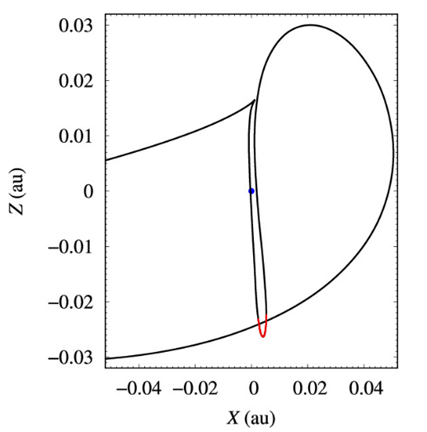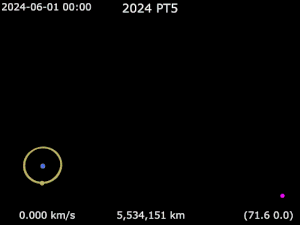Newest Terrestrial Companion 2024-PT5 Joins us Today

On the 27th of August, the Asteroid Terrestrial-impact Last Alert System (ATLAS), observing from Sutherland, South Africa, captured data on asteroid 2024-PT5. Based on the initial orbital parameters, it was concluded that 2024-PT5 originates from a small population of Near-Earth Objects (NEOs) known as the Arjunas. These objects are characterized by orbital paths similar to that of the Earth, often remaining in a 1:1 mean motion orbital resonance with our planet. As a result, some Arjunas may temporarily become captured into orbit around the Earth rather than continuing their path around the Sun.
However, further research of the data by Carlos and Raul Marcos revealed that the trajectory of this asteroid Further research by Carlos and Raul Marcos revealed that the trajectory of this asteroid will indeed enter a temporary orbit around the Earth. Their models predict that 2024-PT5 will travel along a horseshoe-shaped path, with its closest distance of approach being 0.012 au (approximately 180,000 km) on the 9th of January 2025. This distance is just under half the typical distance to the Moon.

Their study leverages an N-body simulation with precise starting parameters provided by the NASA JPL Small Body Database and the HORIZONS solar system data and ephemeris computation service. Their simulations applied the Hermite Scheme, also known as Hermite integration. This algorithm is designed to solve for time evolution described by a set of differential equations. Once the equations of motion are initialized, a predictor step estimates the evolution of position within a small, finite time interval by expanding in terms of kinematic quantities, typically up to jerk. These estimates are subsequently refined by accounting for the updated forces acting across the time interval. This approach has proven to be largely stable over very long time periods.

2024-PT5 is projected to enter a geocentric orbit around the Earth on the 29th of September at 20:02 UTC and will return to a heliocentric orbit, effectively leaving the Earth’s gravitational influence, on the 25th of November at 16:43 UTC. During this period, the Earth will effectively have two moons; however, with a diameter of only 11 m, 2024-PT5 will not be visible without specialized equipment.
Excitingly, the team also predicts that the asteroid will return to the vicinity of Earth sometime in 2055, providing a potential opportunity for further study.
--
Journal Source: C. Marcos and R. Marcos, A Two-month Mini-moon: 2024 PT5 Captured by Earth from September to November, Research Notes of the AAS, Vol. 8, No. 9, (2024), DOI: 10.3847/2515-5172/ad781f
Cover Image Credit: NASA JPL
